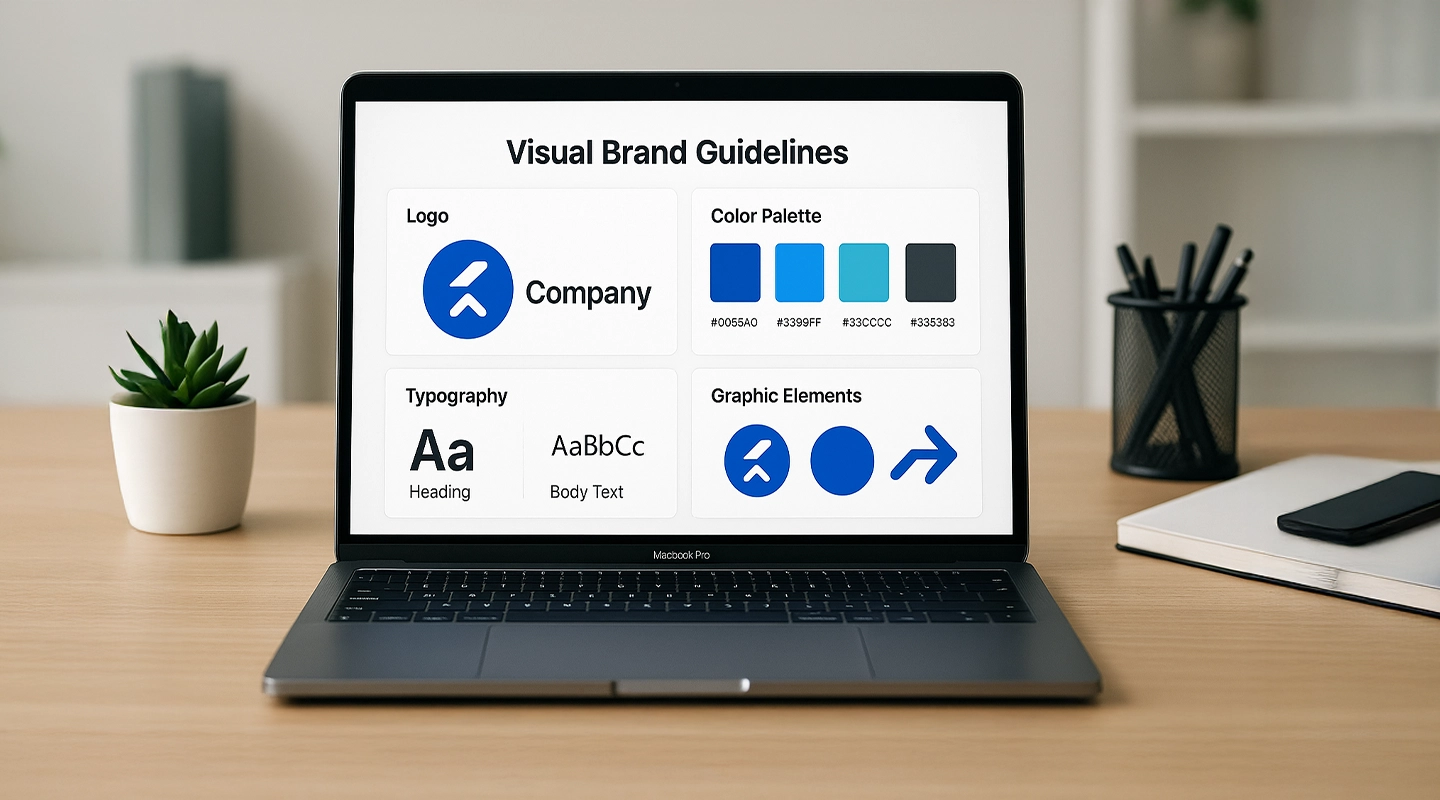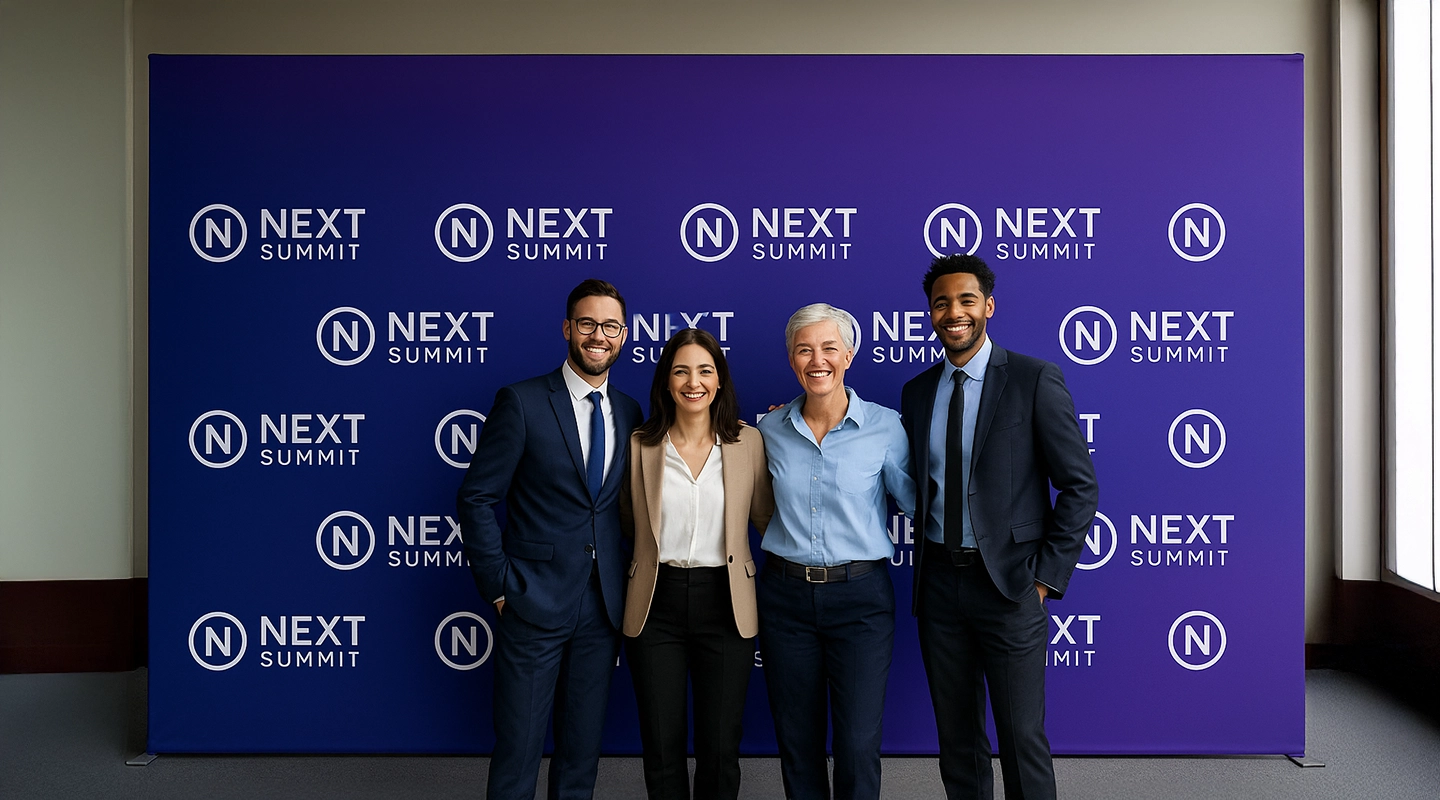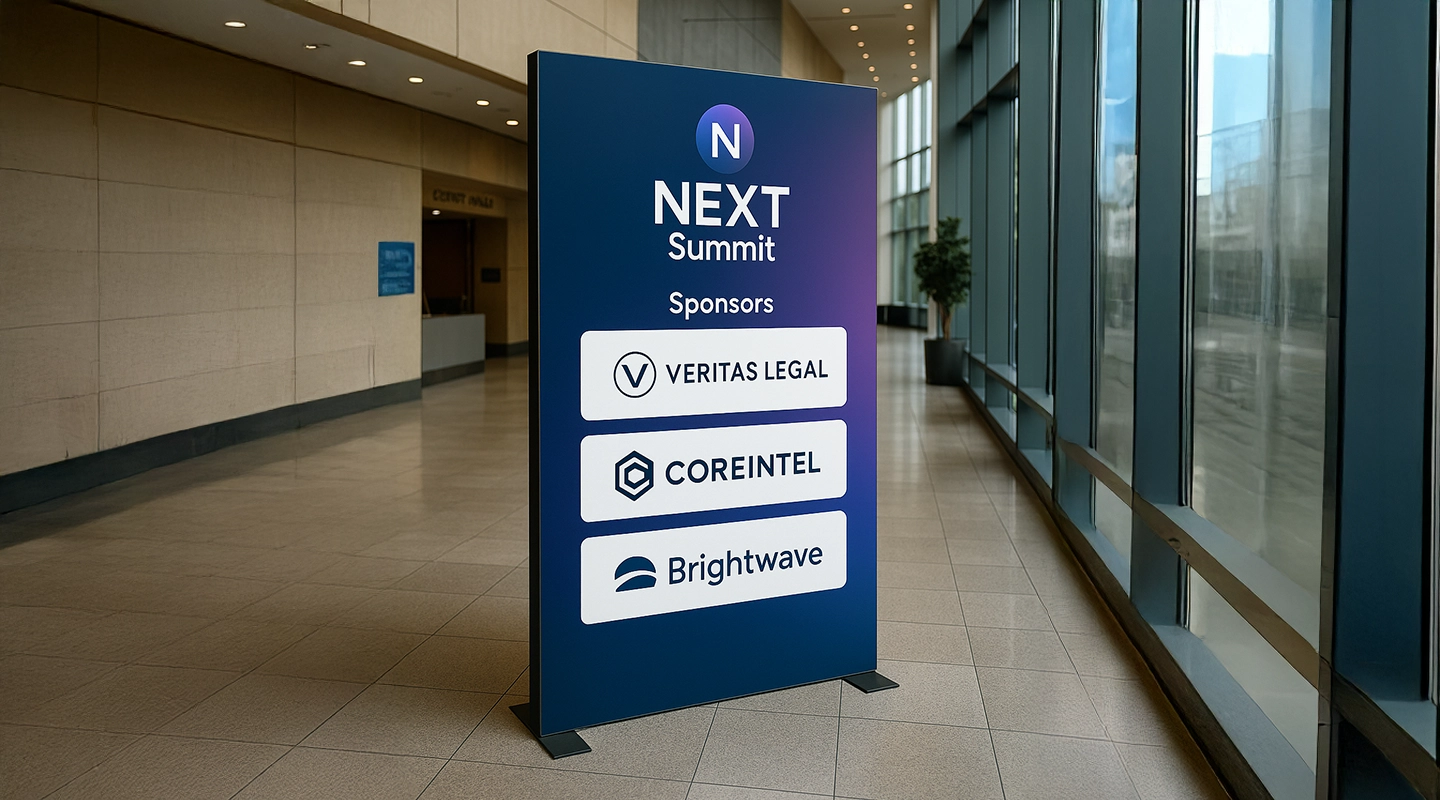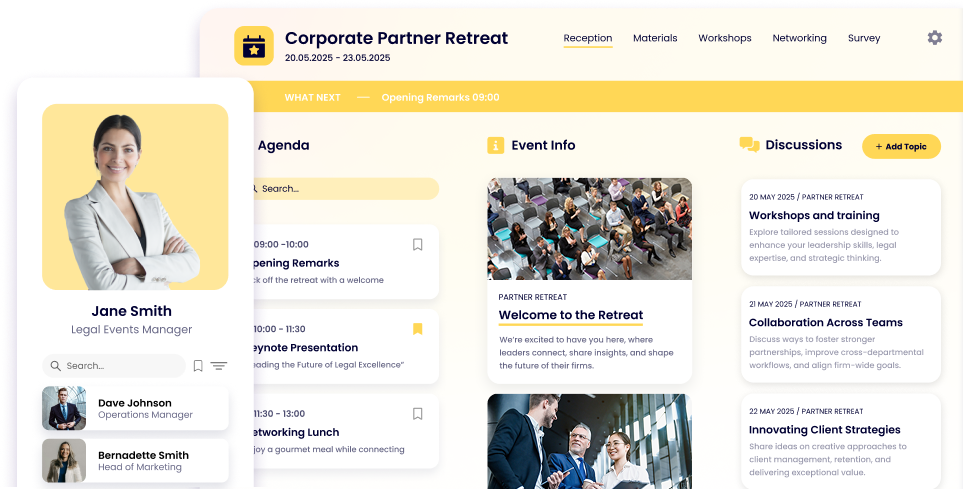Perfecting Your Conference Branding: Key Strategies for Success

Lisa Broom | Head of Marketing

Conference branding creates a unique identity for your event that boosts attendance and enhances the attendee experience. This guide explores strategic and creative approaches to building a powerful brand that resonates before, during, and after the event.
Key Takeaways
- Conference branding creates a unique identity through themes, visuals, and messaging.
- Branding defines the identity, while event marketing promotes it.
- Post-event continuity is essential for lasting brand impact.
Understanding Conference Branding
Conference branding involves creating a cohesive visual and thematic identity for your event. This includes:
- Theme and narrative
- Event name and logo
- Color palette and typography
- Onsite and digital aesthetics
Strong branding generates anticipation, guides expectations, and enhances the attendee journey. It builds trust, boosts recognition, and contributes to a memorable experience.
Benefits:
- Increases engagement and attendance
- Attracts sponsors
- Creates brand consistency across all touchpoints
With tools like Fliplet, you can easily add your branding into mobile apps, digital signage, and pre/post-event communications for a streamlined brand experience.
Differentiating Conference Branding from Event Marketing
Branding and marketing are complementary forces:
- Branding: Establishes the event’s identity and values
- Marketing: Promotes that identity to the target audience
Establishing Identity vs. Promoting It
Branding includes creating the theme, visuals, and messaging. Marketing uses these elements across promotional channels (email, social media, ads) to encourage registrations.
Objectives and Strategies
- Branding ensures visual and emotional consistency
- Marketing amplifies brand reach and engagement
Together, they create a holistic and immersive attendee experience.
Core Elements of Effective Conference Branding

Establishing a consistent visual identity includes:
- Logo design
- Color palette
- Typography
- Visual motifs or graphic elements
Professionally branded materials communicate value to sponsors and attendees. Consistent branding across platforms (website, app, signage, swag) reinforces recognition.
Crafting a Compelling Brand Narrative
A strong brand narrative gives your conference a voice and purpose. It should:
- Reflect your values and goals
- Resonate with your target audience
- Align with visuals and messaging
Innovative tools like Augmented Reality (AR) can bring narratives to life.
Consistent Event Marketing
Ensure marketing efforts reflect your brand personality. Key tips:
- Use consistent language and tone
- Customize social media filters and branded hashtags
- Incorporate branded visuals into all platforms

Innovative Conference Branding Ideas
Branding in Food & Beverage
Personalized snacks and drinks with logos or messages.
Post-Event Engagement
- Share event insights
- Highlight attendee achievements
- Create branded video recaps
Social Media Engagement
Use platforms to:
- Encourage interaction
- Run contests with hashtags
- Share branded AR experiences

Unique and Memorable Swag
- Offer high-quality items that align with brand values
- Extend branding beyond the event with merchandise or digital downloads
Onsite Branding Techniques

Include:
- Interactive signage
- AR-enhanced visuals
- Custom photo ops
Incorporate Augmented Reality
AR adds immersion:
- Branded murals with animated overlays
- AR mirrors for product interaction
- Enhanced digital signage for wayfinding

Post-Event Branding Continuity
Extend your branding strategy beyond the event:
Follow-Up Communication
- Branded emails and highlight reels
- Interactive surveys and polls
- Archived websites with session content
Measuring Brand Recall
Use:
- Event analytics tools (Fliplet offers dashboards)
- Post-event surveys and focus groups
Maximizing Sponsorship Opportunities
Showcasing Branding to Sponsors
Demonstrate value by:
- Setting branding KPIs
- Sharing visuals of branded materials
- Presenting unified brand vision in proposals
Impact on Revenue
Strong branding leads to:
- Higher ticket sales
- Increased sponsor interest
- Enhanced event credibility
With Fliplet, organizers can customize the attendee app experience and offer sponsors co-branded exposure across app screens, notifications, and digital collateral.
Summary
Perfecting your conference branding requires strategic planning and creative execution. Align your visuals, messaging, and post-event engagement to create a brand that resonates.
Key tips:
- Define clear branding guidelines
- Craft a compelling narrative
- Integrate branding across every phase using platforms like Fliplet
- Use AR and social engagement tools
- Maintain brand momentum post-event
A strong brand identity not only boosts attendance and revenue but also builds long-term connections with attendees and sponsors.
FAQs
What is the difference between conference branding and event marketing?
The difference lies in focus; conference branding is about establishing the event’s identity through visual elements and messaging, while event marketing aims to promote that identity to attract participants.
How can I develop effective visual brand guidelines for my conference?
Include key elements such as the event name, logo, color palette, typography, and overarching aesthetics that resonate with your goals and target audience.
Why is it important to have a compelling brand narrative?
A strong narrative clarifies your brand’s identity and objectives, ensuring consistency in branding and enhancing the overall experience for your audience.
How can I measure the success of my conference branding?
Analyze event data through analytics, conduct post-event surveys, and utilize focus groups to gain insights into brand perception.
How does strong conference branding impact revenue?
It significantly enhances revenue by attracting more attendees and sponsors, thereby boosting ticket sales and overall financial success.





